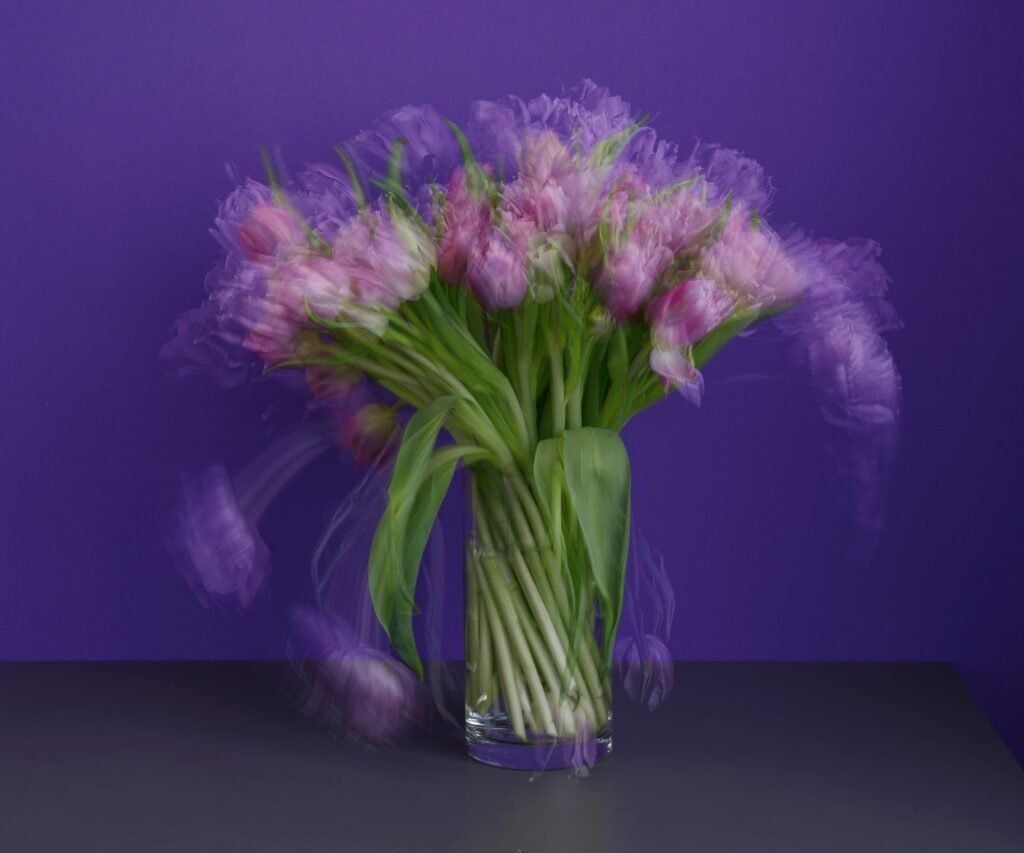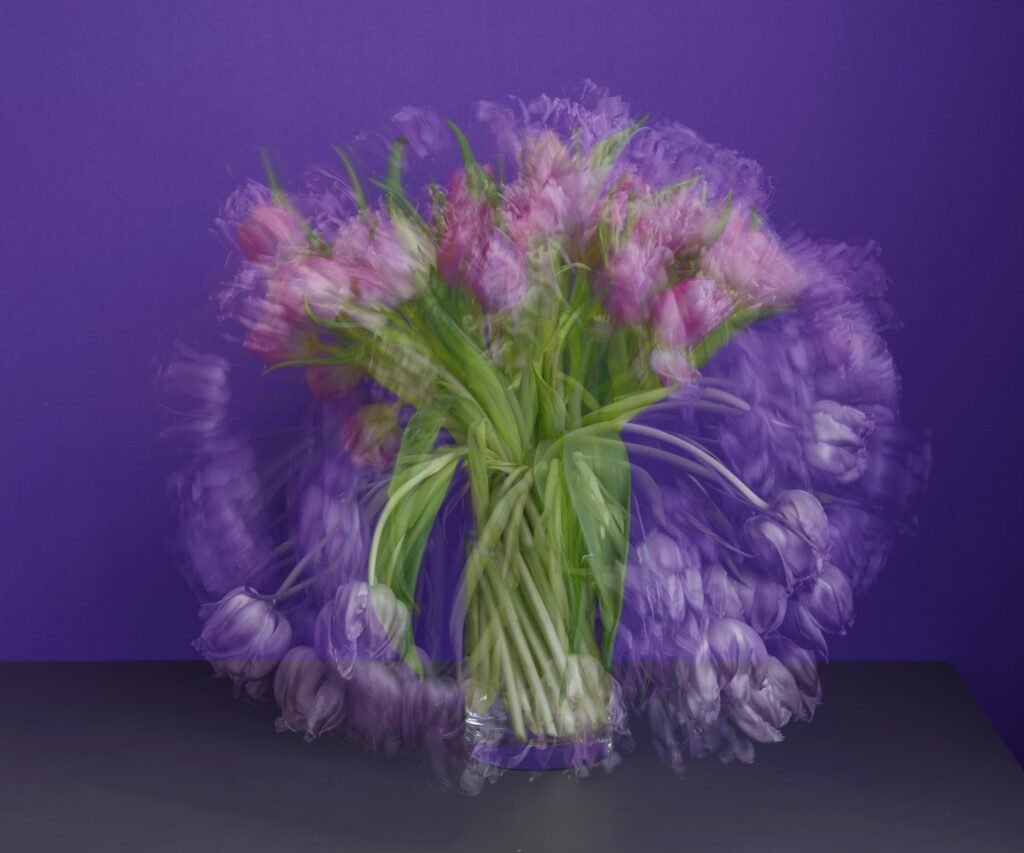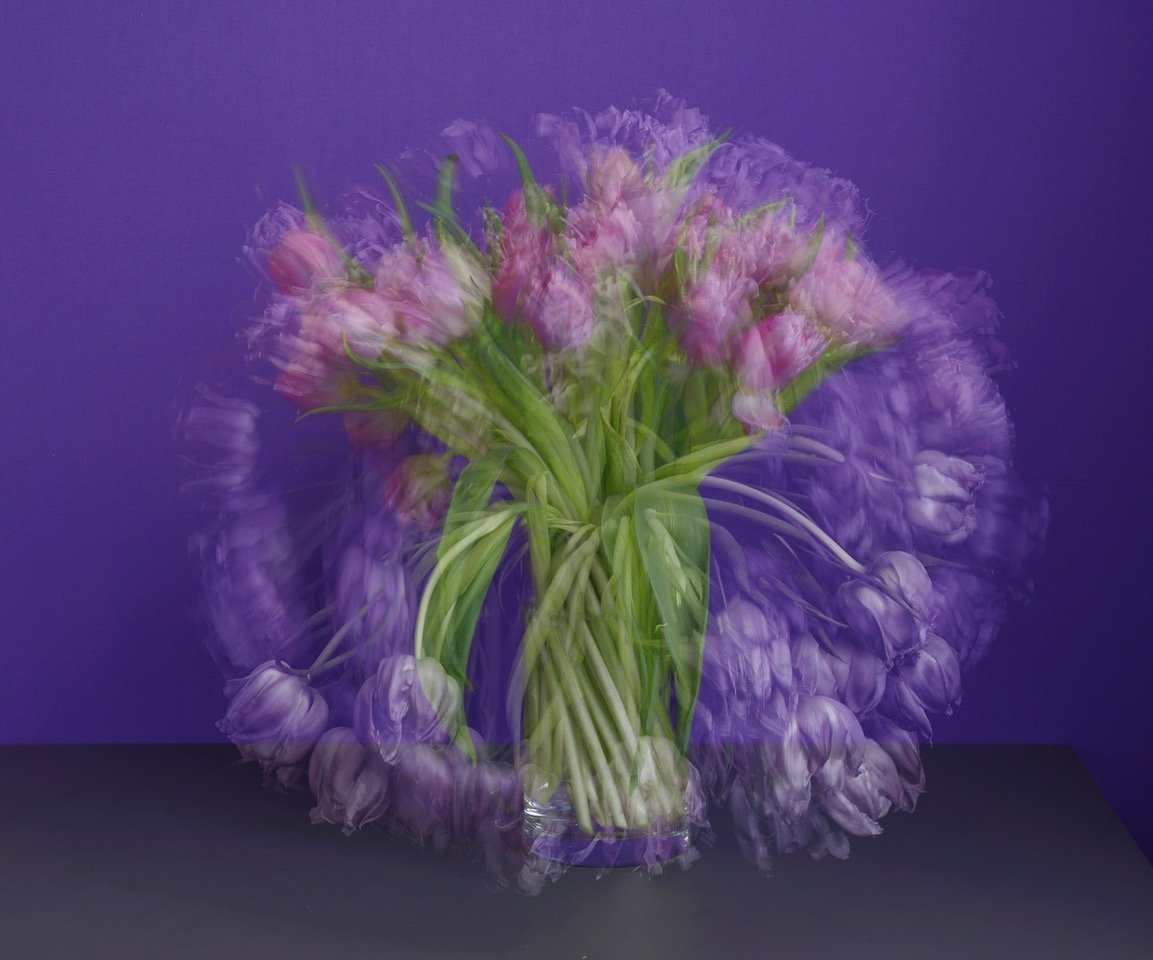Michael Wesely Biography

Early Life and Education
Michael Wesely was born in 1963 in Munich, Germany. From an early age, he demonstrated an aptitude for art and a curiosity about the world around him. His parents, both professors, encouraged his artistic talents and enrolled him in private art lessons during his primary school years.
In 1982, Wesely began studying Photography at the Munich Academy of Visual Arts. He was fascinated by the camera’s ability to capture a single moment in time. For his final project, Wesely experimented with slow shutter speeds to create blurry, distorted images that challenged conventional ideas about photography. His professors were impressed by his innovative approach and awarded him the prestigious Meisterschüler degree in 1989.
After graduating, Wesely Michael traveled extensively, photographing landscapes and city scenes across Europe. He became increasingly interested in depicting the passage of time within a single frame. To achieve this, he constructed motorized turntables that rotated his subjects at specific intervals over many hours or days. The resulting photographs showed a compressed timeline in a singular, visually striking image.
What is michael wesely known for?

Michael Wesely is a popular German art photographer known for his ultra-long exposure photography. His innovative techniques allowed him to capture city scenes and landscapes over extremely long periods, from months to years.
Carrere Highlights
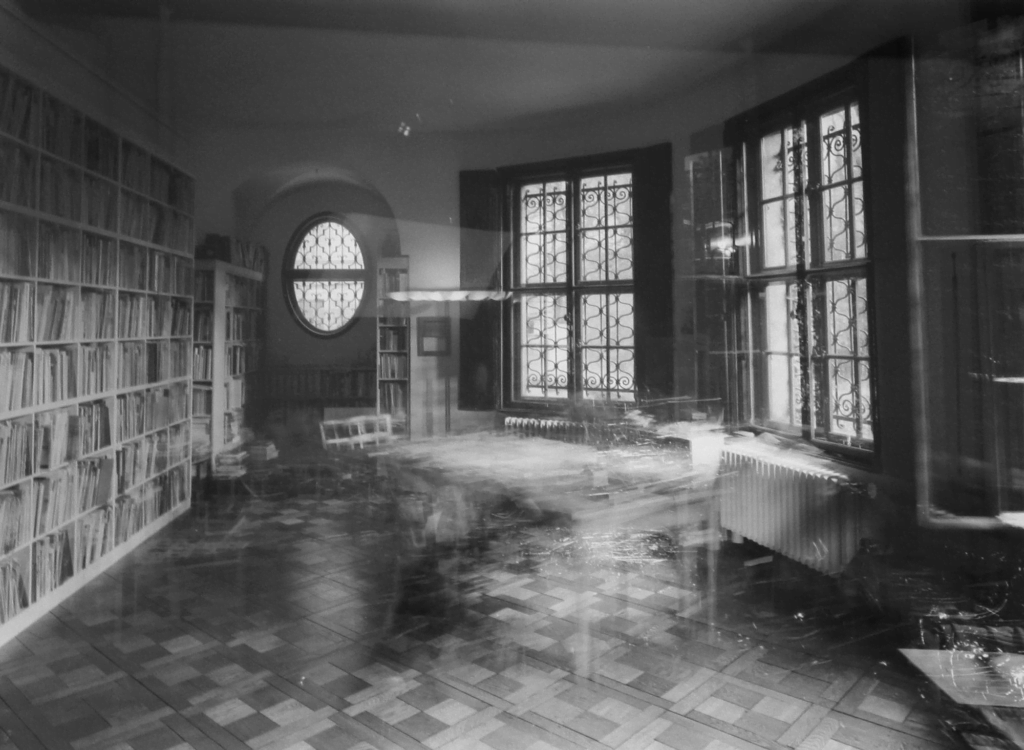
Finding His Passion for Photography
As a young man growing up in Germany, Michael Wesely developed an early passion for photography. His interest was piqued upon receiving his first camera at the age of 14, a simple analog model. He was fascinated by the ability to capture single moments in time. This sparked his artistic curiosity in visual mediums and storytelling.
In the 1970s, Wesely began his formal study of photography at the Folkwangschule in Essen, Germany. During this time, he experimented with different styles and subjects to develop his craft. He found himself particularly drawn to architectural and landscape photography. He was intrigued by the relationship between the static and dynamic in the built environment.
After graduating in 1978, he continued to hone his skills through various apprenticeships and work as a photojournalist. However, he felt limited by the conventions of journalism and sought a more creative outlet.
He began working on long-term photographic projects focusing on urban change and development. For his breakthrough work “Bildraum No. XII, Alexanderplatz, Berlin Mitte,” Wesely took images of Alexanderplatz over three decades. This allowed him to visualize the passage of time in a way that resonated with critics and art enthusiasts alike.
The innovative technique and conceptual depth demonstrated in “Bildraum No. XII” established Wesely as an influential figure in contemporary art photography. He had finally found his passion and means of creative expression through the photographic medium. From that point onward, Wesely dedicated himself to pushing the boundaries of the art form. His evocative and temporally layered photographs provide insight into the changing physical world around us.
Pushing the Limits of Exposure
Early in his career, Wesely began experimenting with progressively longer exposures using large format cameras. He started with exposures of a few hours, then days, weeks, and eventually months and years. His longest exposure spanned 4 years and 5 months, capturing the gradual construction of the Elbphilharmonie concert hall in Hamburg, Germany between 2007 to 2012.
To achieve these marathon exposures, Wesely employs pinhole cameras without shutters. Controlling how much light enters the camera is done by using the pinhole as an aperture. The lack of a shutter means the film is continuously exposed for the entire duration.
He carefully monitors his cameras and subjects during the exposure and takes meticulous notes on events that may affect the image. He then uses this information during development to determine optimal processing techniques.
The results of Wesely’s painstaking efforts are spellbinding long-exposure photographs that compress a vast amount of time into a single frame. Moving elements like people, traffic, and the shifting of the seasons blend into a sea of motion. Yet stationary subjects remain crisp, anchored amid the visual chaos.
Michael Wesely List of WORK
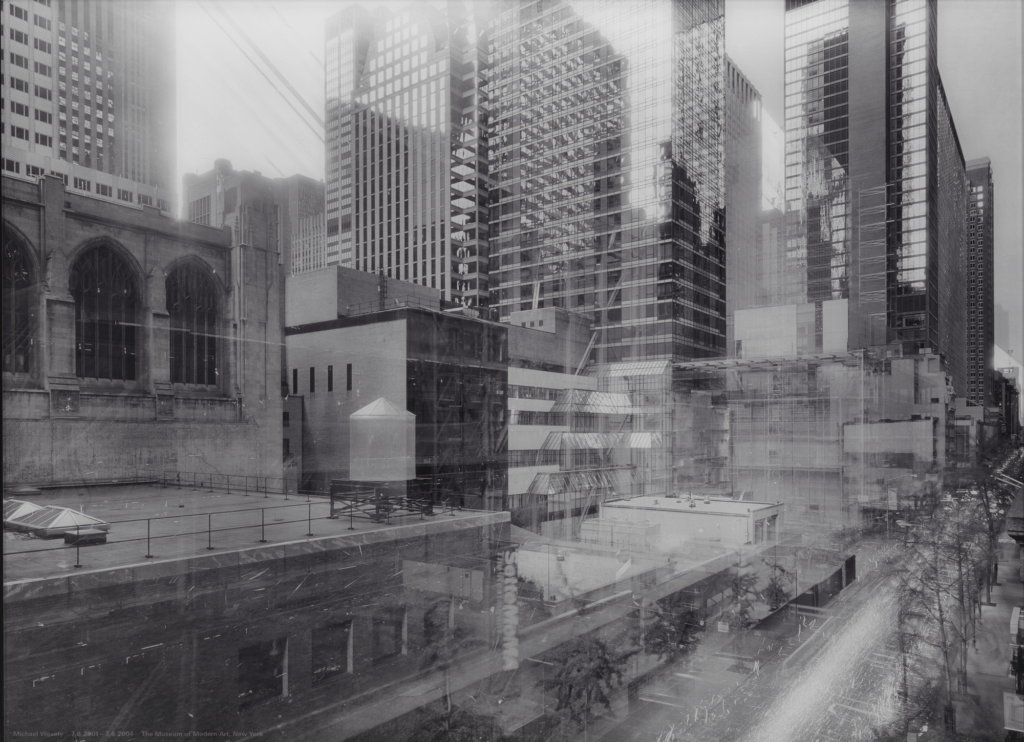
His pioneering techniques have influenced subsequent generations of photographers. Though Wesely continues to push the boundaries of his craft, his early experimental work established him as a revolutionary figure in contemporary photography.
Some of his exhibitions are:
2004 | The Kunsthalle Hamburg |
2007 | KW Institute for Contemporary Art |
2012 | Fotomuseum Winterthur |
The large-format camera obscura photographs and long-exposure landscape michael wesely photography are best known. Two of his most notable works are Camera Obscura and Slow Time.
Camera Obscura
Wesely created camera obscura rooms, essentially turning entire rooms into cameras. He placed a small aperture in one wall of a room to project an inverted image of the view outside onto the opposite wall.
The images were captured on large-format negatives, some up to 5 feet high. His first camera obscura was created in 1996 in an abandoned water tower in Austria. He has since created many others, with notable ones in the Museum of Modern Art in New York and the Center Pompidou in Paris.
Slow Time
Wesely is a pioneer of long-exposure landscape photography. He uses view cameras to capture exposures that can last for hours, days, weeks, or even years. His photographs reveal gradual changes in the landscape that are invisible to the naked eye.
Wesely’s innovative techniques have brought him international acclaim. His works have been exhibited in major museums around the world, including the Museum of Modern Art in New York, the National Gallery in London, and the Guggenheim Museum in Bilbao.
He continues to push the boundaries of photography through his artistic experimentation with the camera obscura and long exposures. Wesely proves that patience and time can reveal new ways of seeing the world around us.
Famous Artwork by Michael Wesely
Titel: Museum of Modern Art 09.08.2001 – 02.05.2003 by Michael Wesely

What does a NFT Story of Michael Wesely sound like?
EXPLORING TULIPA NFT.
Michael Wesely’s foray into the realm of still life photography marks a significant addition to his artistic work. In this genre, he applies his signature long exposure technique, bringing a new dimension to the portrayal of inanimate objects. His still life works challenge the traditional boundaries of the genre, infusing static scenes with a sense of time and movement. Wesely’s unique approach captures the subtle changes and decay in organic subjects like flowers, creating a thrilling narrative about the passage of time and the transient nature of beauty.
In a remarkable fusion of his pioneering long exposure techniques and the booming world of digital art, Michael Wesely’s recent collaboration with MemoriesForArt presents the “Tulipa NFT – Extracts from Hortus Bulborum” collection. This innovative project takes Wesely’s exploration of the still life genre to new heights, showcasing the delicate interplay between time, nature, and art in the digital realm.
Through “Tulipa NFT – Extracts from Hortus Bulborum”, Wesely redefines the boundaries of still life photography. He captures the volatile beauty of tulips through a dual artistic interplay of “Capture” and “Display.” This method isn’t merely about freezing a moment in time; it’s about allowing that moment to be perpetually relived. As the philosopher Wolfram Eilenberger eloquently put it upon discovering this project, it’s about “capturing temporality within a picture.”
The Tulipa NFT Collection – Where every Piece tells a story…
The “Tulipa NFT – Extracts from Hortus Bulborum” project presents a limited edition collection of 12 different tulips, meticulously categorized into four distinct rarity levels, each accompanied by exclusive benefits and digital assets tailored to enhance your ownership experience. From the unparalleled exclusivity and comprehensive benefits of the Ultra Rare category to the democratized access provided by the Limited category, this collection offers a unique opportunity for collectors and art enthusiasts to engage with the exclusive world of art in a manner that suits their preferences and investment capabilities.
What does a NFT collection of Michael Wesely look like?

